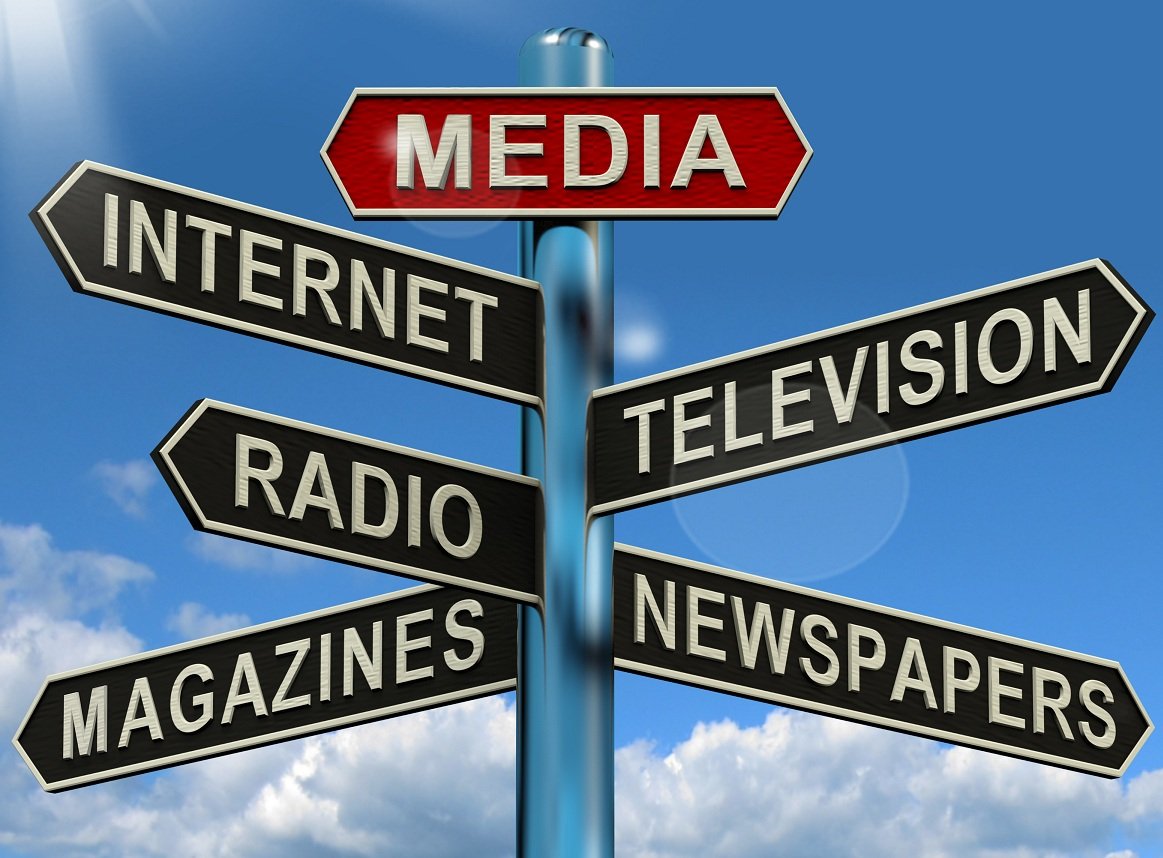Variety is celebrating its 115th birthday and, amid all the upheaval of 2020, it’s good to remember that the entertainment industry has survived constant change and adaptation. That’s reassuring. However, many past articles are upsetting because they’re a reminder that the fight for equality has also been a constant.
According to a 1957 Variety story, theater owners were upset that audiences were waiting to see new movies on TV, rather than in theaters.
Under the headline “Wait for It on Television,” the story centered on “potential patrons taking the view of “Why should I pay to see this picture? I’ll soon see it for nothing on TV.” In fact, the story carefully detailed that a quick big-screen-to-TV timetable was not likely. But the headline and story were oddly prescient, because that’s exactly what has been happening for years.
In the early 1950s, TV stations telecast a lot of movies from the 1930s and ’40s, with the unofficial rule that they would air only films that were at least 10 years old.
In 1952, Universal president N.J. Blumberg gave a pep talk, saying, “Our company believes that TV eventually will be our ally rather than our competitor. But TV is only one of our competitors. Our share of the entertainment dollar has decreased. We must get more people back into the habit of going to pictures.”
He was so right. In the decades since then, the entertainment industry has embraced new delivery platforms, and at each step of the way, theater owners had to remind studios that they were allies — because studios often favored fast money returns rather than the big picture.
By 1964, the 10-year waiting period for movies had been slashed, and movies appeared on TV only two or three years after their big-screen bows.
Similarly, studios held off on releasing films to VHS when the videocassette boom occurred in the 1980s, usually waiting a year. Cassettes were high-priced (around $80-$90), so people rented them. Eventually the prices dropped, and the waiting period for a cassette became just a few months after its theatrical bow.
But studios wanted to experiment. On July 7, 1982, Variety reported that theater owners were outraged by Universal’s proposal to show “The Pirates of Penzance,” with Kevin Kline and Linda Ronstadt, in a one-time PPV showing simultaneous with its big-screen bow. Exhibitors felt this would mean a “funeral” for movie chains. (Compare this to AMC’s 2020 feud with Universal over “Trolls.”)
Tired of being batted around, theater owners dug in their heels at a time when the “We’re allies” approach could have worked. In 2005, Mark Cuban and Todd Wagner of 2929 Entertainment announced the company would release Steven Soderbergh films simultaneously in theaters, on DVD and on the company’s HDNet cable venture. The 2929 theory was that movie lovers in smaller towns did not have access to specialty films, since their few movie screens were devoted to blockbusters; Cuban and Wagner insisted their films would not cut into theater owners’ box office and could benefit them. However, Variety reported, “most major chains quickly replied that they have policies in place not to play pics released with such window-shattering strategies.”
In 2020, studios and exhibitors alike are having to rethink release strategies. And it’s déjà vu as audiences want to “wait for it on television.” Variety’s 1957 story about audiences waiting to see new movies on TV clearly foreshadowed 2020 — but it was actually based on public misperception. In the early days of TV, there were no residuals. But as TV became more profitable, the guilds increasingly talked about the subject, with a proposal afoot, which was eventually adopted, to start resids with movies from 1960 or later. When the public in 1957 heard talk about 1960 movies on TV, they thought the world was about to change.
And in a way, they were right.
Source: Read Full Article
